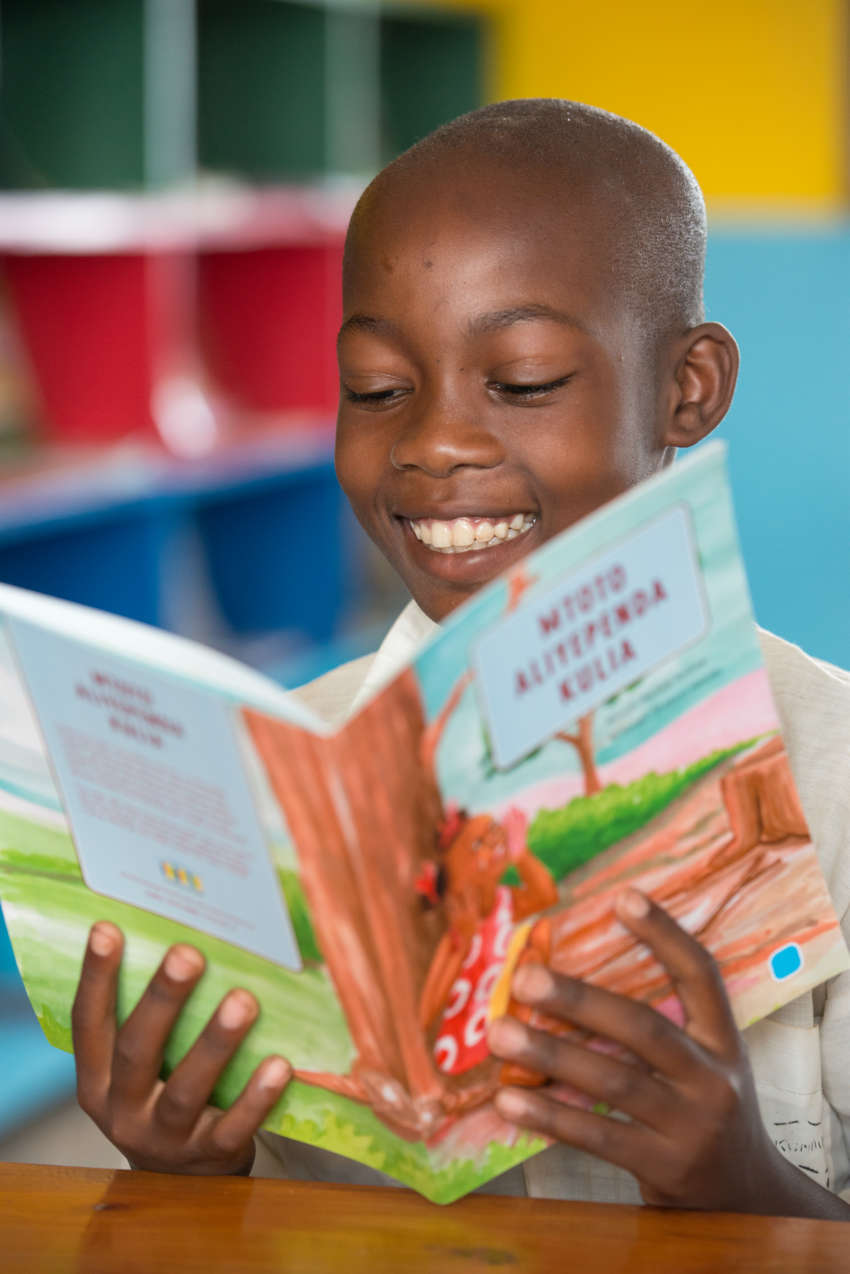Children Want Their Non-Fiction Books
Fact or Fiction? Children Want Their Non-Fiction Books; Adults May Be Their Barriers
What was the last piece of nonfiction you read? Do not think too far back on this question, as the answer is most likely not the latest biography or war history tome you read. More simply, it is whatever you read that got you to this article – whether a tweet, email, or news article, chances are it was non-fiction. Nonfiction and informational text exists all around us and is front and center in our adult lives. We consume it to learn critical information about our world, get directions to get to our next meeting, even to follow instructions when trying out a new dinner recipe. We rely on nonfiction to become more active participants in society.
However, when some think about children’s literature, fictional stories of fire-breathing dragons, powerful queens, princesses and peas, and seven dwarfs take center stage, with their nonfiction counterparts in sparse supply. A 2010 study by the Kaiser Family Foundation found that children spend about four minutes a day reading nonfiction, compared to the 25 minutes of reading they spend in general. Moreover, a Duke study of 20 first grade classes found that informational texts made up about 10% of texts in classroom libraries, and an even lower percentage of books in low-income schools and classrooms.
For the longest time, this dearth of nonfiction has led many of us to think children prefer fictional stories to fact-based books. But research indicates the opposite is true. In fact, a 2015 paper published by psychologists Jennifer Barnes, Emily Bernstein and Paul Bloom finds that children prefer nonfiction over fantasy. It is adults, the study finds, who prefer fiction. Many school districts in the U.S. have taken note and have begun incorporating more nonfiction books into their lessons. This is a great step.

A child learning how to read with fiction texts alone misses a unique opportunity to have an independent interest in reading piqued. Nonfiction helps children develop critical thinking and analytical skills, as well as the ability to read and understand complex texts. Furthermore, nonfiction can help students develop knowledge of their environment and society – this is crucial in later grades as students begin reading more content-specific textbooks. In school, having that foundation of knowledge can account for a 33% variance in student achievement. In many schools in the U.S., that is the difference between an A and a D+, or a perfect score versus a few points above failing.
Children need nonfiction books not simply to make the honor roll or develop important skills, but also to unlock the habit and love of reading. Nonfiction books can inspire a reluctant reader. Nonfiction books can leave children curled up on the couch for hours, ensconced in the stories of dinosaurs, African kingdoms, Amelia Earhart’s first flights, or the latest methods of paper plane building. My son’s love for reading has been spurred by nonfiction. He acquired confidence and took real joy in reading as he picked up books about animals and raced through Ripley’s “Believe It or Not” facts. Recently, he finished a Mohammed Ali biography that hooked him on Ali’s trajectory from boxer to civil rights activist. When he finished the book, his thirst for learning about Ali continued. He researched and unearthed new facts about Ali from different sources such as online websites and informational videos. My husband and I learned a few things along the way, too!

This is the joy and journey of nonfiction. Beyond the last page of a book, children can continue learning about a topic and become experts on their own volition. Many children want to know the how and the why behind what they read, and nonfiction books provide a gateway to those answers.
There are over three times the number of children’s fiction books published than nonfiction, leading to a serious imbalance for students. Publishers in the U.S. have begun addressing the gap, but this imbalance is still significant in many of the countries in which my organization, Room to Read, works. When it comes to our children’s literacy, let us stock their shelves with a good mix of genres. If facts invade their fairytales at home, it just may be the push so many need to develop a lifelong love of reading.
By Heather Simpson
Heather is the Chief Program Officer for Room to Read, a global organization transforming the lives of millions of children in low-income countries by focusing on literacy and gender equality in education. Learn how Room to Read is providing original nonfiction children’s literature to students in Tanzania here.
Photo Credits: Room to Read




